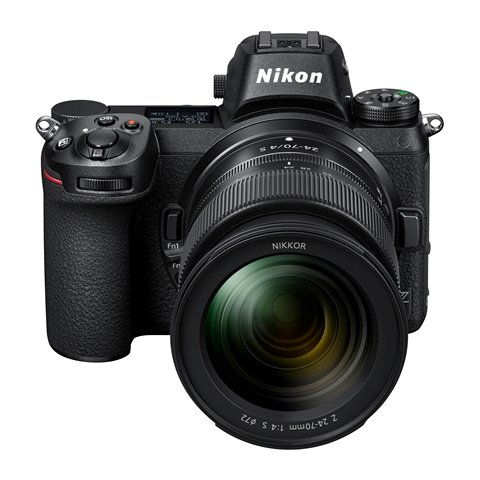
I finally managed to shoot some photos with the new Nikon Z6 and Z7 mirrorless cameras this week, when the Japanese company formally launched its most ambitious shooters in a while here in Singapore.
My first impressions? They are able shooters despite coming late, after Sony has led the market with its Alpha 7 and 9 range of compact yet high-quality mirrorless cameras in recent years.
To be sure, the Z6 and Z7 are not Nikon’s first foray into the market. It had previously dabbled with the N1 system, which was widely viewed as a souped-up compact camera, albeit with a removable lens system. With limited success, the N1 was discontinued.
Now, after struggling for the past decade with compact cameras going out of favour thanks to the competition from smartphones, Nikon has finally come up with two solid mirrorless cameras.
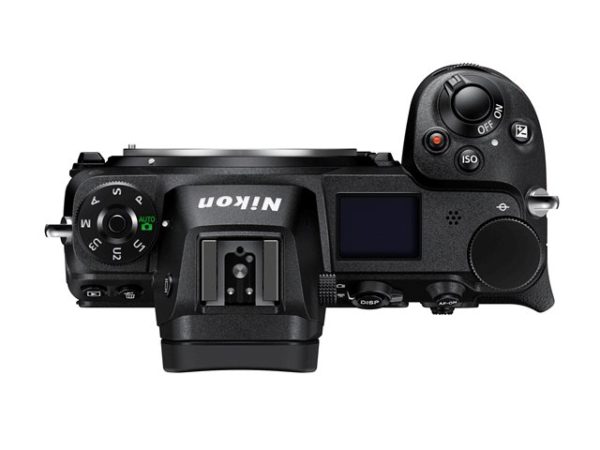
Nikon users will be happy, for one. The familiar feel is evident from the moment you hold it. It’s like the DSLR you’ve had for a while.Controls-wise, the camera lets you fiddle with the most-used settings with your right hand alone. The exception is when you need to change the camera mode. For this, you use your left hand to access the dial on the left.
I switch modes quite, often depending on the situation that I am shooting in, so it’s a pity I cannot customise the buttons to my liking. Then again, I feel this is not a deal breaker because I can get used to the controls.
In terms of handling, I’d say the grip of the Z7 is comfortable. However, the deeper grip means you have to stretch to reach for the two custom buttons located just next to the lens mount. That’s important if you have regularly-used features you might assign to these buttons.
As with many small mirrorless cameras, Nikon’s new shooter is not as well balanced when you match it with a long lens. My index finger feels a bit more pressure when compared to using the same lens on the larger Nikon D500 DSLR camera.
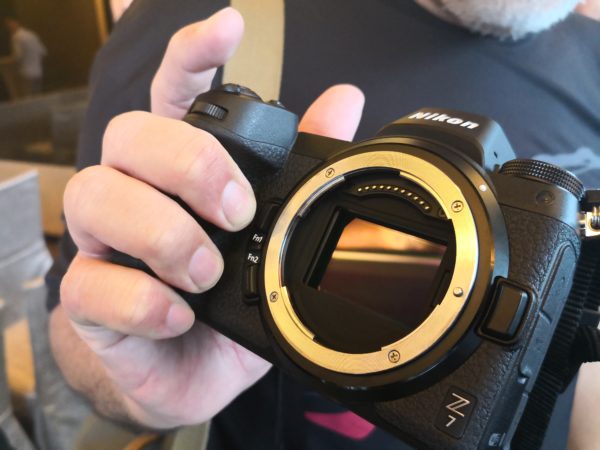
Nikon has introduced three lenses with the new camera – the Nikkor S 24-70mm f4, the 35mm f1.8 and the 50mm f1.8. For the budget conscious, the 24-70mm f4 lens will work fine for most scenarios, save for the most challenging of situations. Think low light scenes or when you need a blurred background for portraits.To keep the lenses small, Nikon has gone with a twist-lock mechanism on the kit lens. That means whenever I need to shoot, I have to twist the lens to unlock it after switching on the camera.
There are good improvements introduced to the new lenses though. Taking the cue from its mirrorless competitors, the Nikkor S lenses have a control ring that can be customised to control settings such as Manual Focus, ISO and Aperture.
That means I can do a quick aperture change via the ring instead of using the front control wheel on the camera body. This translates to a much faster changing of settings.
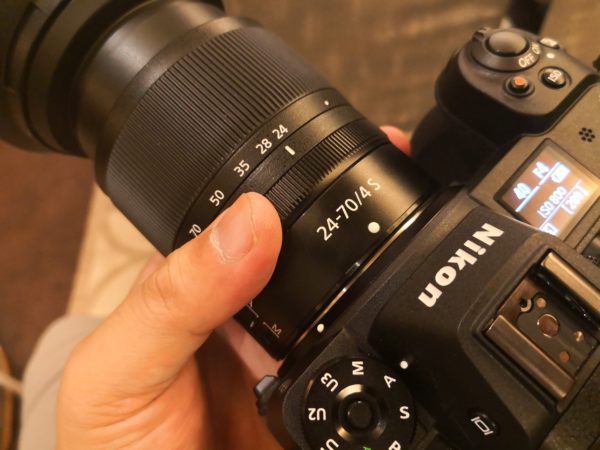
I also like the 3.69 million-dot OLED viewfinder. It is sharp and bright with no lag when I am switching subjects or trying to frame a shot.
There is a slight perceivable blackout when I am on the continuous exposure mode, with the camera churning out roughly 25 RAW and JPEG shots in a 3-second burst before the buffer is filled. But nope, I was not disoriented at all throughout the exposure, when I tried out the camera.
The autofocus system is pretty good too. It doesn’t have the Eye AF system like the Sony Alpha 7 but the quick few shots I’ve tried so far are generally sharp.
What I couldn’t test during the media session this week is how well the continuous autofocus tracking system will perform on a fast-moving subject. I will leave that to a fuller review when Nikon passes us the camera for a longer trial.
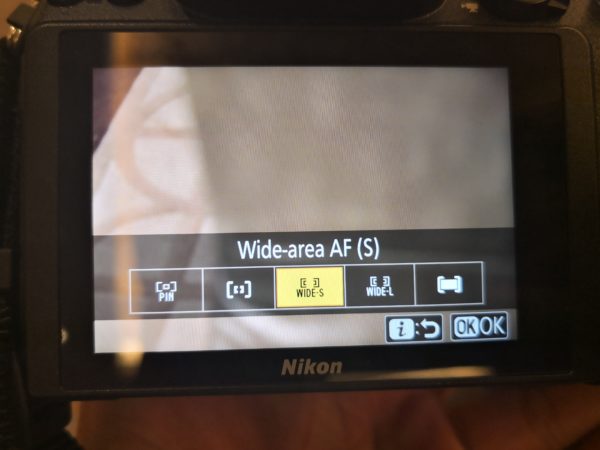
When I shot a quick video with AF tracking, the Z7 did a fairly good job in getting the subject in focus without much hunting.
I did experience a bit of lag when I shifted the focus from one subject to another. You can see below here with footage shot with my adapted Sigma 70-200mm f2.8 DG lens.
One thing I think Nikon got right was making it easy for many existing users to transition over to the new Z mirrorless system. The EN-EL15 battery found on Nikon DSLRs can be used here. Plus, the FTZ adapter allows you to use your existing F-Mount lenses.
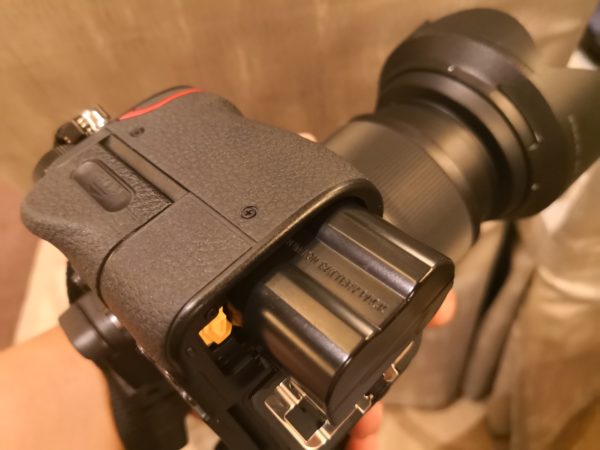
The FTZ adapter supports most modern F-Mount lenses that have a motorised autofocusing system. That means my Nikkor 50mm f1.4 D lens, that does not have an autofocus motor, will not function fully with the adapter – I have to rely on manual focus instead.
The good thing is that the adapter does not degrade the image quality from your F-Mount lenses. It will allow full exposure reading and aperture control.
I tested the Z7 with an adapted Sigma 70-200mm f2.8 lens and it did work to a certain extent. The Sigma’s focusing system couldn’t engage properly when I switched from a nearby object such as a glass of water, to the background.
Once I did a quick manual focus to acquire the subject, the autofocus kicked in. I did not encounter such problems when matched with a modern F-Mount Nikkor lens, though.
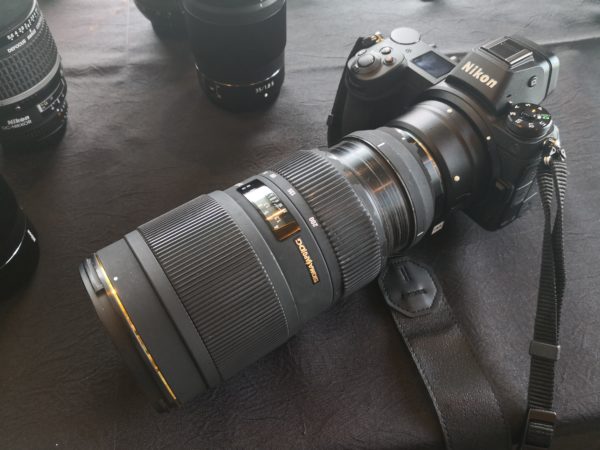
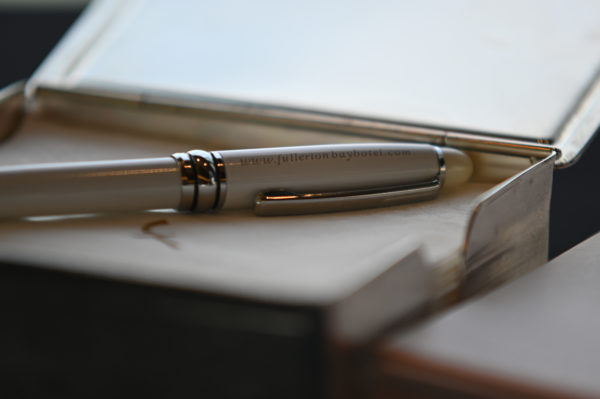
For videos, the Z7 can record at 4K at 30p in-camera. The Z camera system can output at 10-bit 4:2:2 via the HDMI port which is useful for post-production work with the extended data in the footage.
For better video capturing capability, I would prefer the Z6 that uses the whole sensor over the Z7’s line skipping or software crop. You don’t lose anything with the Z6 like that.
Though the Z6 and Z7 share many similarities, there are key differences. The Z7’s 45.7 megapixels trumps the Z6’s 24.5 megapixels but loses out with a much narrower ISO range of ISO 64 to 25600, as opposed to the Z6’s ISO 100 to 51200.
However, the Z7 has more autofocus points at 493 versus the 273 that is on the Z6.
At least on paper, the Z6 seems to be the more versatile shooter than the Z7. The ability to shoot better in darker environments gives it a bit more flexibility.
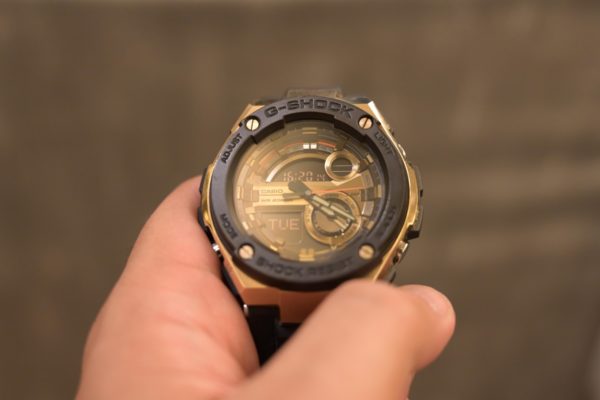

Not everything is perfect on the Z7, of course. Nikon has compromised on a number of features that I find it useful on my DSLR camera.
For example, the new mirrorless camera only has a single memory card slot. Plus, you have to use the rather expensive XQD cards. Many wedding photographers would prefer two slots, so they can capture one shot on two cards to make sure they got an important shot.
Familiar backlit buttons, useful during night shoots, are also gone. Plus, video bloggers will lament the lack of a flip-out screen as it is tougher to shoot yourself when facing the camera.
As with any new camera system, the lack of the Z lenses native to the Z6 and Z7 is a given. There are 24-70mm f2.8 and 70-200mm f2.8 lenses which will become workhorses for professionals but they won’t be here until next year.
Meanwhile, you have to rely on the FTZ adapters to connect to existing lenses. That’s an important part of the equation for many professionals, who might prefer native lenses for full compatibility.
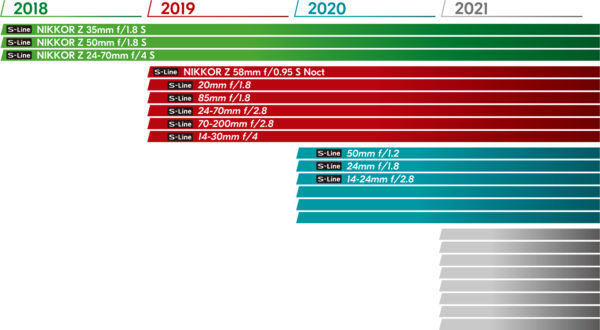
Having said that, it’s clear Nikon has come up with able contenders in the mirrorless market. The Z6 and Z7 will appeal to both current Nikon DSLR users and new users.
I do wonder if Nikon has focused a little too much on making the cameras small. In doing so, it is hard to avoid sacrificing some things, like balancing a large lens, that are important to professionals.
Still, if you are set on the new Nikon mirrorless cameras, I’d say the Z6 is a better bet. Costing US$2,000 (body only), it lets you shoot well without bursting the bank with the more expensive US$3,400 Z7.
Unfortunately, the local pricing and availability for Singapore were not made known during the launch. We will update the story when we have the information.






